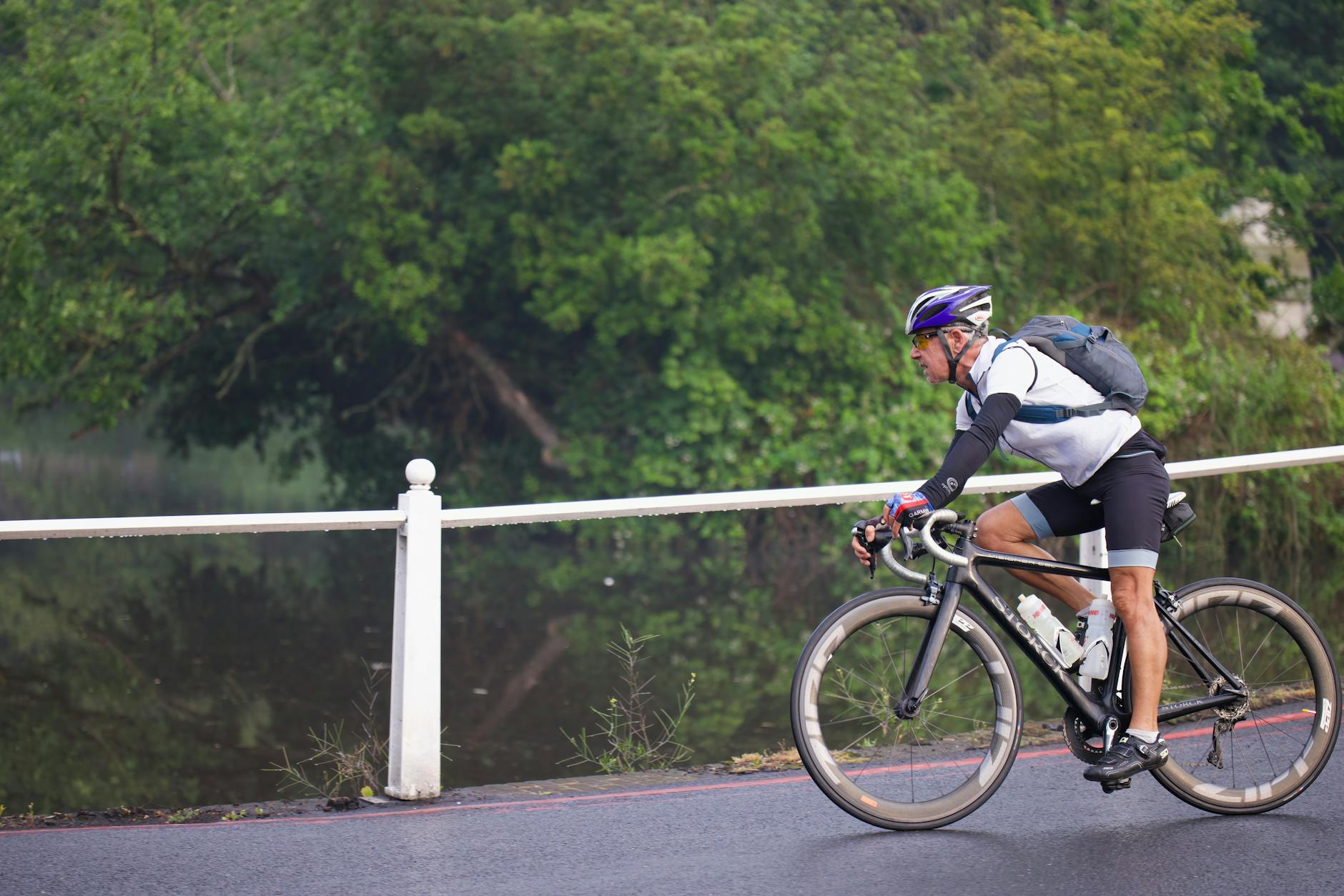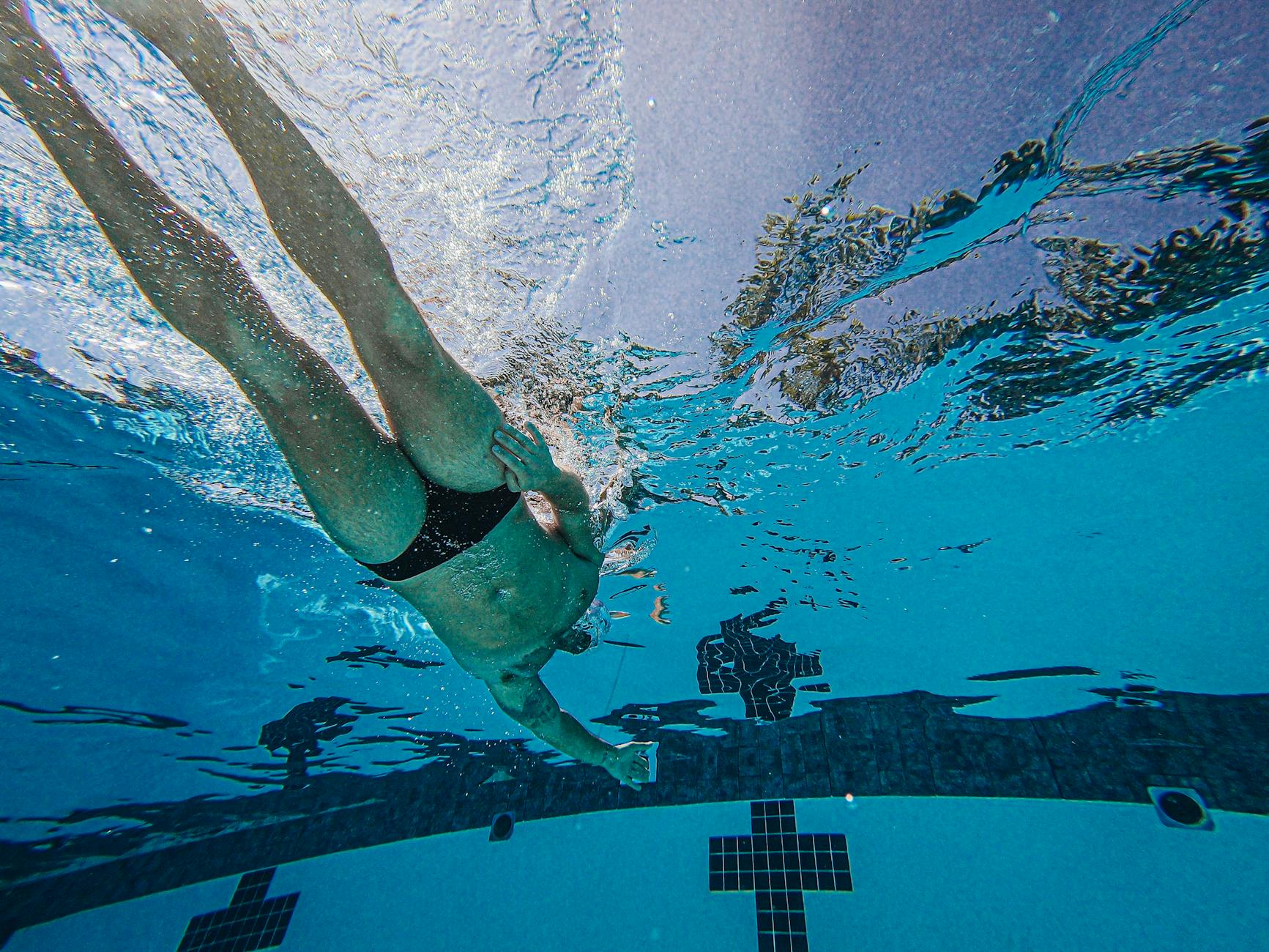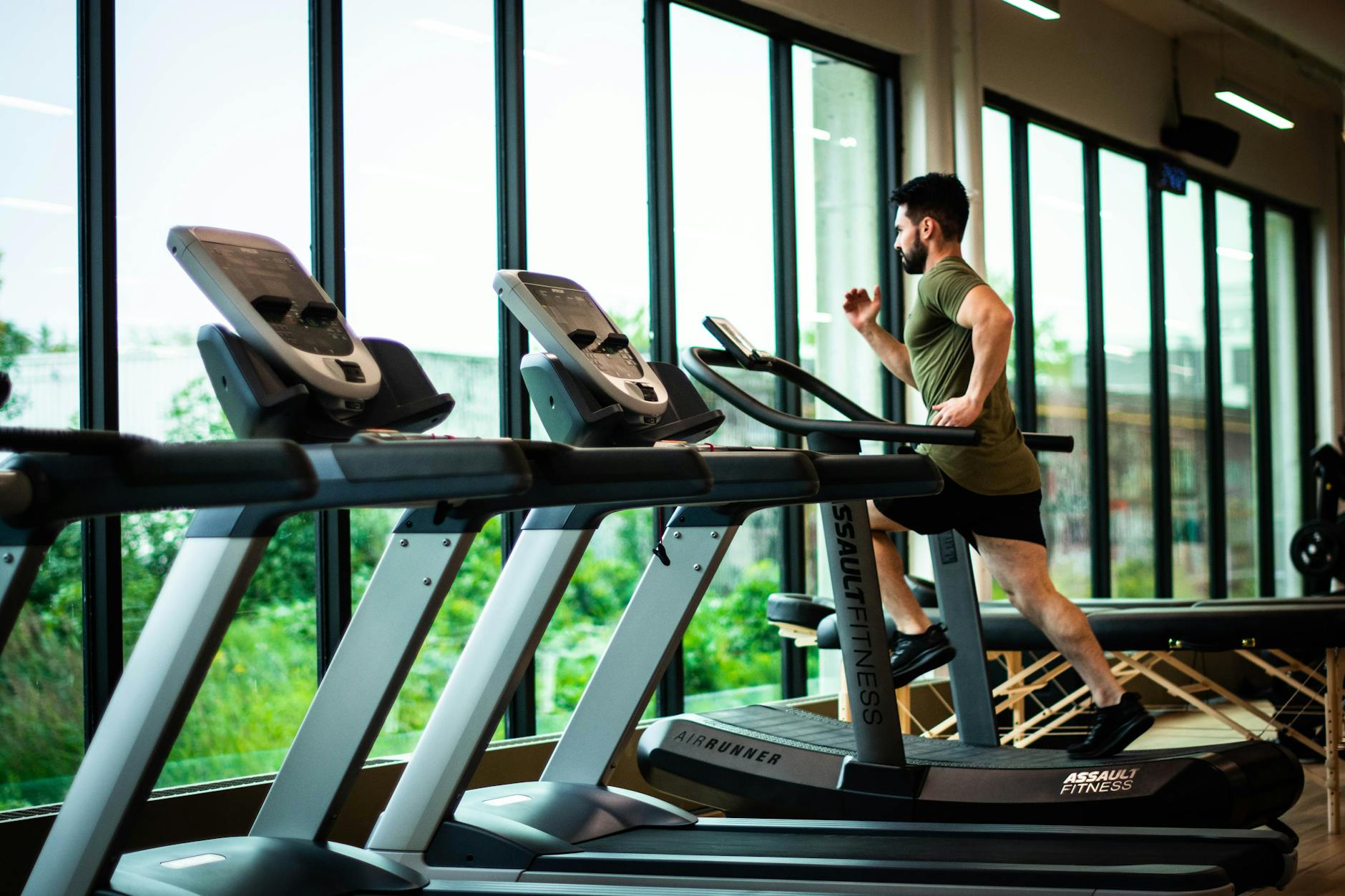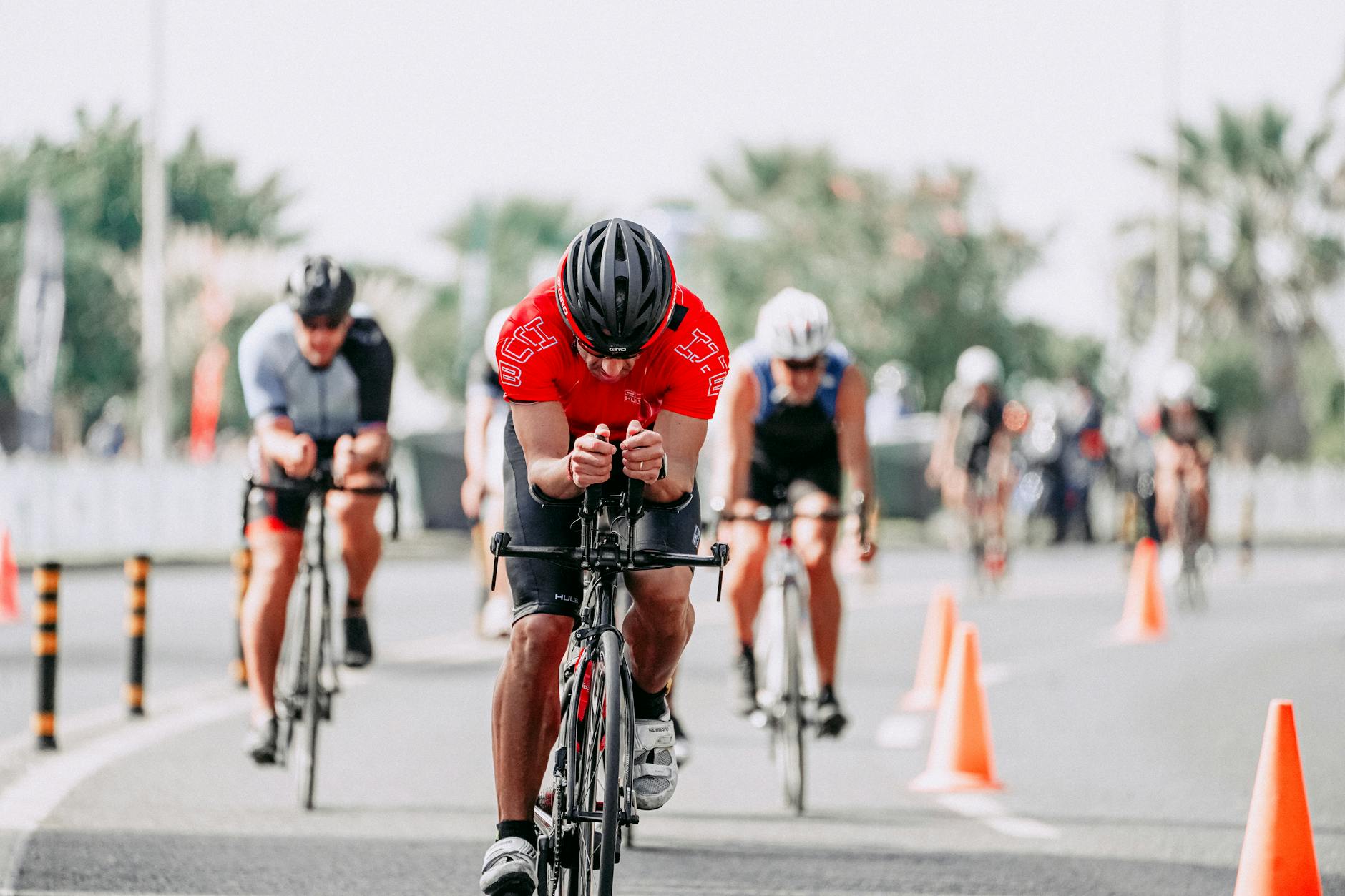
triathlon how
How To Conquer Your First Triathlon Without Prior Training
Ever aspire to take on a tri but were defeated in dreams by the extreme levels of intimidation? I know exactly how you feel. One year ago, I was in your position: totally new to the sport and eager to take on this test of endurance. There was no way I could imagine swimming, biking and running a total of 140.6 miles all in one event However, that is the thing with a little initiative — literally anyone can become a triathlete
How To Conquer Your First Triathlon
The one day I will never forget was the day that I jumped off… both literally and figuratively. Standing on the edge of my local pool, trying to ignore a racing heartbeat and growing doubts in under ten minutes I finally understand that every journey also starts with just one stroke 🏊♂️. It was only then that I realized, training for a triathlon is not just about physical conditioning… it’s an act in metamorphosis — on the brink of your breaking point and propelled beyond.
Mastering Your First Triathlon
So what follows is my personal story of how I went from couch potato to triathlon finisher. In this week’s edition, we delve into triathlon training basics ranging from terminology to structure of a well-rounded plan that fits your life. Tomorrow, I will tell you how to dominate in each of the disciplines, ready for where it is possible (racing) and which nutrients are fueling your body with high performance. You will walk away with your very own triathlon journey roadmap…no experience necessary. Are you ready to see if you have what it takes to make the jump of a lifetime? Let’s get started! 💪🏼🚴♀️🏃♂️
How To Conquer Your First Triathlon
Understand the Triathlon Basics
As I embarked on my triathlon journey, I quickly realized that understanding the basics was crucial. Let me share what I’ve learned to help you kickstart your triathlon adventure.
How To Conquer Your First Triathlon
A. Learn about the three disciplines
A triathlon consists of three disciplines: swimming, cycling, and running. Each requires specific skills and training approaches:
- Swimming: Often the most challenging for beginners
- Cycling: The longest portion of most triathlons
- Running: The final test of endurance
B. Familiarize yourself with race distances
Triathlons come in various distances. Here’s a breakdown of the most common ones:
| Race Type | Swim | Bike | Run |
|---|---|---|---|
| Sprint | 750m | 20km | 5km |
| Olympic | 1.5km | 40km | 10km |
| Half Ironman | 1.9km | 90km | 21.1km |
| Ironman | 3.8km | 180km | 42.2km |
As a beginner, I recommend starting with a sprint triathlon to get a feel for the sport.
C. Set realistic goals for beginners
When I first started, setting achievable goals was key to my motivation and progress. Here are some tips:
- Focus on completing rather than competing
- Aim to improve your performance gradually
- Set specific targets for each discipline
- Consider your available training time
Remember, everyone starts somewhere. With consistent training and dedication, you’ll be amazed at how quickly you progress in this exciting sport.
How To Conquer Your First Triathlon

Build a Strong Foundation
When I started my triathlon journey, I quickly realized that building a strong foundation was crucial for success. Here’s how I approached it:
Assess your current fitness level
I began by honestly evaluating my fitness level. This involved:
- Taking a simple fitness test
- Tracking my performance in each discipline
- Identifying strengths and weaknesses
Develop a consistent exercise routine
Consistency was key in my training. I created a routine that fit my schedule:
- Set realistic goals for weekly workouts
- Balanced training across swimming, cycling, and running
- Incorporated strength training and flexibility exercises
Focus on proper form and technique
I learned that good technique prevents injuries and improves efficiency:
- Took lessons from experienced coaches
- Practiced drills to refine my form
- Used video analysis to identify areas for improvement
Gradually increase workout intensity
To avoid burnout and injury, I slowly ramped up my training:
| Week | Swim (mins) | Bike (mins) | Run (mins) |
|---|---|---|---|
| 1-2 | 20 | 30 | 20 |
| 3-4 | 25 | 40 | 25 |
| 5-6 | 30 | 50 | 30 |
By focusing on these foundational elements, I built the endurance and skills needed for more intensive triathlon training. Remember, patience and consistency are your best friends when starting out.
How To Conquer Your First Triathlon

Master Swimming Techniques
As I began my triathlon journey, I quickly realized that mastering swimming techniques was crucial for success. Here’s how I approached this challenge:
A. Learn efficient strokes for open water
I focused on perfecting the freestyle stroke, as it’s the most efficient for open water swimming. I practiced:
- Maintaining a streamlined body position
- Rotating my body with each stroke
- Using a high elbow catch for better propulsion
B. Practice breathing techniques
Proper breathing is essential for efficient swimming. I worked on:
- Bilateral breathing (every 3 strokes)
- Exhaling underwater continuously
- Keeping one goggle in the water while turning to breathe
C. Build endurance with pool workouts
To improve my endurance, I incorporated these workouts:
- Interval training (e.g., 10x100m with 30 seconds rest)
- Pyramid sets (e.g., 50m, 100m, 150m, 200m, 150m, 100m, 50m)
- Distance swims (e.g., 1000m non-stop)
D. Incorporate open water swims
Once I felt comfortable in the pool, I transitioned to open water:
- Started with short distances in calm waters
- Practiced sighting techniques
- Gradually increased distance and challenging conditions
Here’s a comparison of pool vs. open water swimming:
| Aspect | Pool Swimming | Open Water Swimming |
|---|---|---|
| Environment | Controlled | Variable (waves, currents) |
| Distance | Fixed lengths | Continuous |
| Visibility | Clear | Limited |
| Navigation | Follow lane lines | Sighting required |
By focusing on these techniques, I significantly improved my swimming skills and confidence for the triathlon.
How To Conquer Your First Triathlon
Improve Cycling Performance
Now that we’ve covered swimming techniques, let’s dive into improving your cycling performance. As a triathlete, I’ve learned that mastering the bike segment can make or break your race.
How To Conquer Your First Triathlon
A. Choose the right bike for your needs
When I started training for my first triathlon, I quickly realized that selecting the right bike was crucial. Here’s a comparison of different bike types to help you make an informed decision:
| Bike Type | Pros | Cons | Best For |
|---|---|---|---|
| Road Bike | Lightweight, fast on pavement | Less comfortable for long rides | Short-distance triathlons |
| Triathlon Bike | Aerodynamic, efficient | Expensive, less versatile | Experienced athletes, long-distance races |
| Hybrid Bike | Versatile, comfortable | Slower than specialized bikes | Beginners, training rides |
B. Develop proper cycling posture
I can’t stress enough how important proper posture is for cycling efficiency and injury prevention. Here are my top tips:
- Keep your back straight but relaxed
- Engage your core muscles
- Maintain a slight bend in your elbows
- Position your knees over the pedals
C. Build leg strength and endurance
To improve my cycling performance, I focus on:
- High-intensity interval training (HIIT)
- Hill repeats
- Long, steady rides to build endurance
- Strength training exercises like squats and lunges
D. Practice gear shifting and hill climbing
Mastering gear shifting and hill climbing techniques has significantly improved my cycling performance. I make sure to:
- Practice shifting gears smoothly
- Anticipate terrain changes
- Maintain a steady cadence on hills
- Stand up occasionally to give my legs a break
With these cycling tips in mind, you’ll be well on your way to improving your performance on the bike. Next, we’ll explore how to enhance your running skills, which is crucial for finishing strong in your triathlon. How To Conquer Your First Triathlon

sprint training plan
Enhance Running Skills
As I delve into the running portion of triathlon training, I’ve discovered that enhancing my running skills is crucial for overall performance. Let’s explore the key aspects of improving running technique and endurance.
How To Conquer Your First Triathlon
Develop a proper running form
I’ve learned that maintaining proper form is essential for efficiency and injury prevention. Here’s a quick checklist I use to ensure good form:
- Keep my head up and eyes forward
- Relax my shoulders and arms
- Land midfoot with a slight forward lean
- Maintain a cadence of 170-180 steps per minute
Incorporate interval training
Interval training has been a game-changer for my speed and endurance. I typically include one interval session per week, alternating between:
- 400m repeats
- Hill sprints
- Fartlek runs
Build endurance with long runs
Long runs are crucial for building my aerobic base. I gradually increase my distance each week, aiming for:
| Week | Distance (miles) |
|---|---|
| 1-4 | 3-5 |
| 5-8 | 6-8 |
| 9-12 | 9-12 |
Practice brick workouts (bike-to-run transitions)
Brick workouts simulate the bike-to-run transition in a triathlon. I include these sessions to:
- Adapt my legs to the change in muscle groups
- Practice quick transitions
- Mental preparation for the run after cycling
By focusing on these four key areas, I’ve seen significant improvements in my running performance. Remember, consistency is key in triathlon training. Next, we’ll explore how to create a balanced training plan that incorporates all three disciplines effectively. How To Conquer Your First Triathlon
Create a Balanced Training Plan
As a beginner triathlete, I’ve learned that creating a balanced training plan is crucial for success. I’ll share my approach to developing a well-rounded routine that covers all aspects of triathlon preparation. How To Conquer Your First Triathlon
A. Schedule workouts for each discipline
I make sure to allocate time for swimming, cycling, and running throughout the week. Here’s a sample weekly schedule I use:
| Day | Morning | Evening |
|---|---|---|
| Monday | Swim (45 min) | Run (30 min) |
| Tuesday | Bike (60 min) | Strength training |
| Wednesday | Run (45 min) | Swim (30 min) |
| Thursday | Bike (75 min) | Yoga |
| Friday | Swim (60 min) | Rest |
| Saturday | Long bike ride (2 hrs) | – |
| Sunday | Long run (60 min) | Recovery swim (30 min) |
B. Allow for adequate rest and recovery
I’ve learned the hard way that rest is just as important as training. I always include at least one full rest day per week and make sure to get enough sleep each night.
C. Incorporate cross-training activities
To prevent boredom and improve overall fitness, I include activities like:
- Yoga for flexibility and core strength
- Strength training to build muscle and prevent injuries
- Pilates for core stability and balance
D. Adjust your plan as needed
I constantly monitor my progress and listen to my body. If I feel overtrained or notice a plateau, I don’t hesitate to adjust my plan. This might mean adding more rest days or changing the intensity of workouts.
Now that we’ve covered creating a balanced training plan, let’s move on to the essential gear you’ll need for your triathlon journey. How To Conquer Your First Triathlon
Gear Up for Success
Now that we’ve covered the training aspects, let’s talk about the gear you’ll need for your triathlon journey. As a beginner, I found that having the right equipment made a world of difference in my training and race performance. How To Conquer Your First Triathlon
A. Invest in essential triathlon equipment
When I started, I quickly realized that having the right gear was crucial. Here’s a list of essential equipment I recommend:
- Swim goggles and cap
- Wetsuit (if allowed in your race)
- Road or triathlon bike
- Bike helmet
- Running shoes
- Triathlon suit or tri shorts and top
B. Choose comfortable and appropriate clothing
Comfort is key during a triathlon. I learned this the hard way during my first race. Here’s a table comparing different clothing options:
| Clothing Type | Pros | Cons |
|---|---|---|
| Triathlon suit | All-in-one solution, quick-drying | Can be expensive |
| Separate tri shorts and top | Versatile, mix-and-match | Potential for chafing |
| Regular swimwear | Affordable | Not suitable for cycling and running |
C. Test your gear during training sessions
I can’t stress this enough: never use new gear on race day. I always test my equipment during training to ensure it works well and doesn’t cause discomfort. This includes:
- Breaking in new running shoes
- Practicing transitions with my triathlon suit
- Testing nutrition products and hydration systems
By following these guidelines, I’ve found that I’m much more prepared and confident on race day. Remember, the right gear can enhance your performance, but it’s your training and determination that will ultimately get you across the finish line. How To Conquer Your First Triathlon

Fuel Your Body Properly
As I delve into triathlon training, I’ve learned that proper nutrition is just as crucial as physical preparation. Let’s explore how I fuel my body for optimal performance.
A. Develop a nutrition plan for training
I’ve discovered that a well-balanced diet is essential for supporting my intense training regimen. Here’s a breakdown of my daily nutritional needs:
| Macronutrient | Percentage of Daily Calories |
|---|---|
| Carbohydrates | 55-65% |
| Protein | 15-20% |
| Fats | 20-30% |
I focus on:
- Complex carbohydrates for sustained energy
- Lean proteins for muscle repair
- Healthy fats for hormone regulation
B. Practice race-day fueling strategies
I’ve learned to simulate race-day conditions during my longer training sessions. This helps me:
- Determine which foods and drinks work best for my body
- Practice timing my nutrition intake
- Avoid gastrointestinal issues during the actual race
C. Stay hydrated during workouts and races
Proper hydration is crucial for my performance and recovery. I make sure to:
- Drink water consistently throughout the day
- Use electrolyte drinks during longer workouts
- Monitor my urine color to gauge hydration levels
By focusing on these nutrition strategies, I’m giving my body the fuel it needs to excel in triathlon training and racing. Next, I’ll explore how to prepare for race day to ensure I’m ready for the big event.
How To Conquer Your First Triathlon
Prepare for Race Day
As I approach my first triathlon, I’ve realized that proper preparation is key to a successful and enjoyable experience. Here’s how I’m getting ready for the big day:
A. Familiarize yourself with race rules and etiquette
I’ve made it a priority to thoroughly review the race rules and etiquette. This includes:
- Understanding transition area procedures
- Knowing the course layout and any specific rules
- Learning about drafting regulations in cycling
- Familiarizing myself with aid station protocols
B. Practice transitions between disciplines
To streamline my race day performance, I’ve been practicing my transitions:
| Transition | Key Focus Areas |
|---|---|
| Swim to Bike | Quick wetsuit removal, efficient shoe change |
| Bike to Run | Smooth dismount, fast gear switch |
C. Develop a pre-race routine
I’ve created a pre-race routine to calm my nerves and ensure I’m prepared:
- Lay out all gear the night before
- Have a light, familiar breakfast
- Arrive at the venue early
- Warm up with light stretching and visualization
D. Set realistic expectations for your first triathlon
For my first triathlon, I’m focusing on completion rather than competition. I’ve set achievable goals based on my training times and am reminding myself to enjoy the experience.
With these preparations in place, I feel more confident about tackling my first triathlon. Next, I’ll be looking forward to crossing that finish line and celebrating my achievement!
How To Conquer Your First Triathlon
Riding that wave (hopefully not a giant one) reminded me of how far I have come since being the lady who couldn’t float to save her own life only 2 years ago. From there I began to gain a solid foundation of the basics in all three disciplines. I have perfect swimming skills now, the cutting edge cycling performance and amazing endurance ability in running. Balancing my training has been paramount, allowing me to progress at an even clip without hitting the wall.
How To Conquer Your First Triathlon
The proper gear and nutrition has really helped me to prepare. As we inch toward race day, I feel especially confident and well-trained. And keep in mind that you can train for a triathlon too, with hard work, patience and the right mind-set. If I can do it, so can you. Well let open your relationship and enter into that space. Welcome to your triathlon journey!

